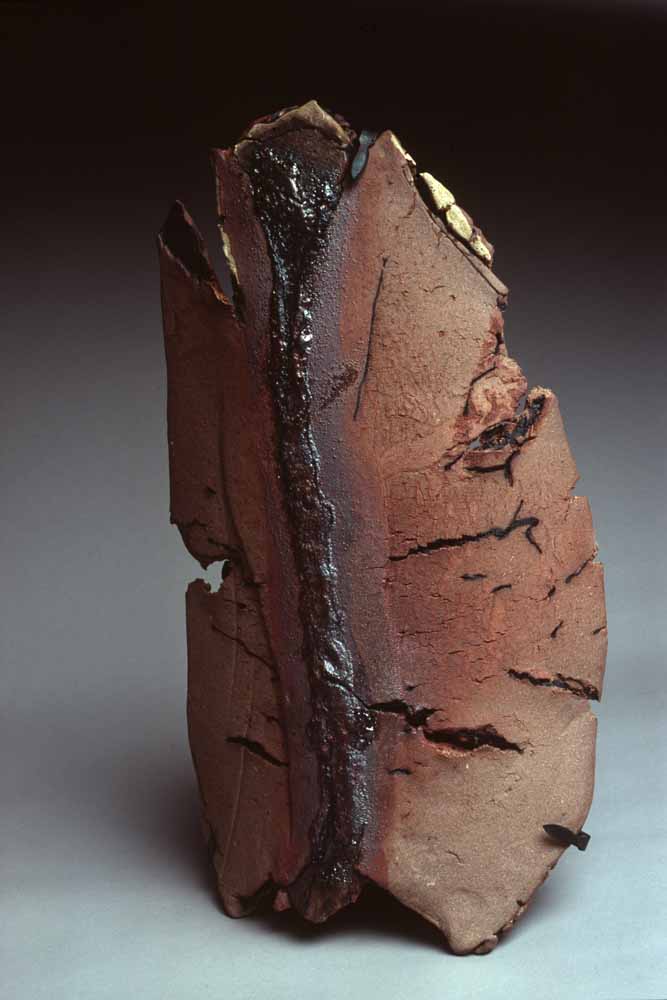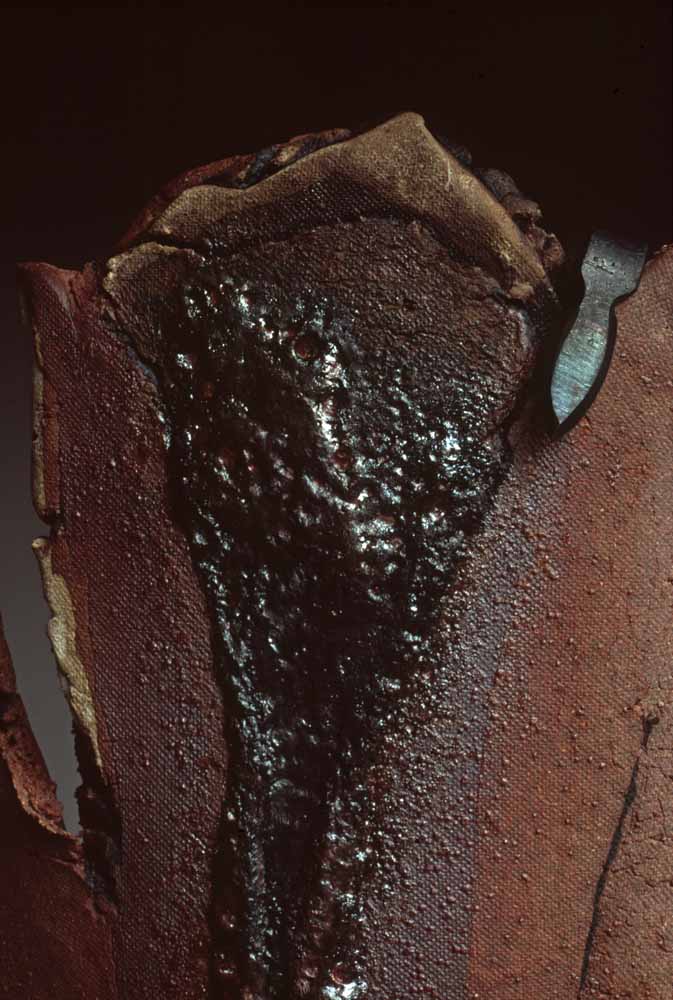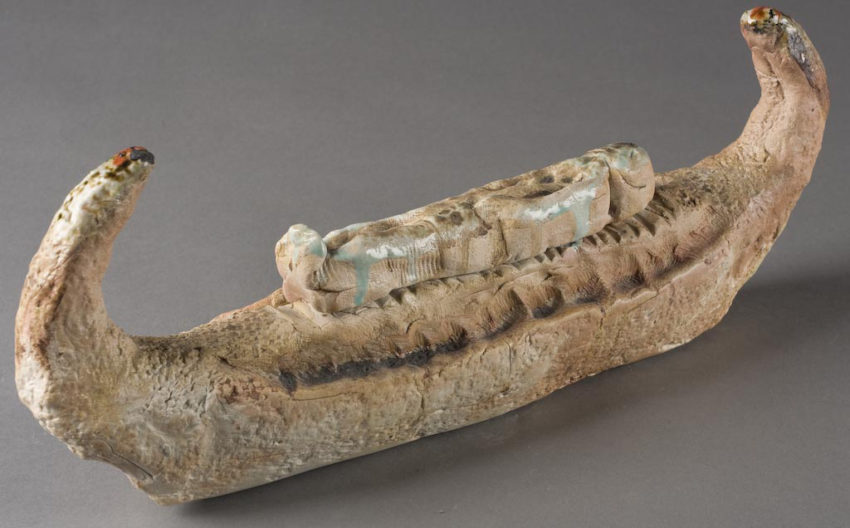Researchers have shown that humans were making fired clay objects (diverse figurines) many millennia ago (central Europe, circa 30,000 years). There were pots and food-related objects known to be made about 14-16,000 years ago (Japan) and in what today we call the near east and Egypt, about 10,000 years ago. These objects were created by simple hand techniques and fired with the intensity of early kilns/ovens, created for these purposes. There were no handbooks and instruction manuals—learning through doing, practice and imitation, but creative from the earliest moments. Such things had no prehistory but grew out of community life, humans natural capacity to learn through living, to set thoughts and notions into action and therewith, also sharing.
The responsiveness of clay to the human touch provides one with the occasion to reflect on many exciting and diverse areas of thought. There are too many areas to be covered in a simple blog so I will touch only on a few and then draw attention to a few such areas which compel my thinking: the role of the sensitively trained hand in shaping and feeling; the developing human imagination; the invention and advancement of technology; the practical food and storage needs of a people; the human eye and the desire for grace and balance; the many symbolic gestures cast in permanence; the longing for forms of colour and line that express subtle and almost hidden wants and aspirations.

The lengthy history of human work with clay illustrates the human drive to create and explore a medium which has almost unlimited responsiveness.
The origins of clay technology are lost in prehistory. The first halting but definitive steps which led people to shape, fire and use clay objects in daily and spiritual life have long been surpassed. Many steps in techniques, refinement, diversity, use and artistic expression have been taken since those first ones early in the dawn of our primitive technological development. Two elements have stayed constant: clay and fire.
Without these two fundaments, ceramics cannot stand up. Kéramos — `the fired stuff’. As remarked by Sir Herbert Read, “Pottery is at once the simplest and the most difficult of all arts. It is the simplest because it is the most elemental; it is the most difficult because it is the most abstract.”1
What is a feeling? Aesthetics? Drive? Obsession? Need? Fun?


For my purposes, pottery is the paradigm of craft. It is amongst the oldest of the arts. There have been more shapes, colours, forms and textures made than can ever be counted. This base matter, clay, is amenable to the most sophisticated requirements of the industrial and machine age, and to this age of automated manufacture as seen in the ceramics industry’s ability mechanically to shape millions upon millions of urinals (even Duchamp’s Fountain), vases, tiles, plates, spark-plugs, cups and saucers, with barely a human touch involved. It is equally responsive to the gentle touch of a child or the guided and inspired hand of the artist.2
*Baumgarten – aesthetics 1. Sir Herbert Read, The Meaning of Art (London: Faber and Faber Ltd., 1931) 22. Another work of Sir Herbert Read Art and Industry: The Principles of Industrial Design (Bloomington: Indiana University Press, 1961). Also, my doctoral thesis: 2. “The Art of Earth and Fire”. What is protoclay?

